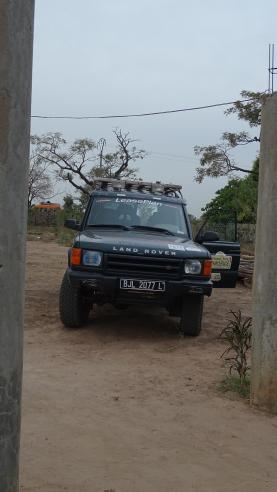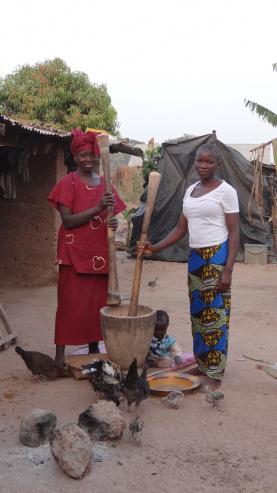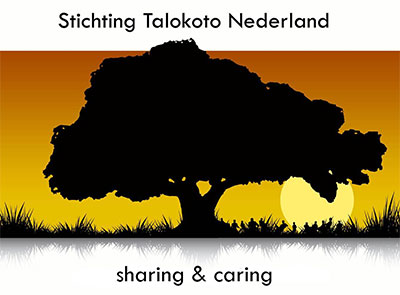The Talokoto project

Madina Talokoto is a small village in south Brikama, approximately three kilometers from the Senagal border in south-west Gambia. It has 1,600 inhabitants. The local population of Talokoto has become enthusiastic about the project and therefore grant their full cooperation and still do, in order to make this project succeed. To be able to carry out the plans, the Akolo (the village chief), the Imam, the community and the VDC (Village Development Committee) made 6,000 square meters of land (a huge compound) available to the Dutch Talokoto Foundation.
In June 2012 the Dutch Talokoto Foundation was established. In December of 2012 the Gambian Talokoto Foundation was Established, according to the Gambian law. In the long term the Gambian Foundation will receive the ownership of the children’s home/shelter.
The most important goal of both foundations is to build, to furnish and to start a home for disabled children and orphans.
A secondary goal of the DTF is to support the local community of Talokoto.
This has been happening since 2012 by supporting the local school, through which education became possible again. Also the women’s garden has been supported with a fence around the garden and by making money available (microcredit) for the purchase of tools and seeds. After a fierce rainy season in 2013, money was also made available to rebuild a number of houses and make them more weatherproof. Also a number of youngsters were granted an opportunity of following a course. In the long term we would like to create more room on the compound for the children’s home with some space for daytime activities and training such as a workshop and a sewing studio.
We would also want to give substance to what is mentioned in point 1b of our goal and contribute to the economic development of the Talokoto village.
Country information
The population
Gambia is a country in West-Africa and is bordered to the Atlantic Ocean. Gambia has 1.4 million inhabitants of which the largest part lives in the cities around Serekunda and Banjul. Gambia has a variety of ethnic groups. The most common ones are:
-The Madinkas (42%)
-The Wolofs (16%)
-The Fulas (18%)
-The Jolas (the remaining)
Religion
About 90% of the population is Islamic and 10% is Christian (Roman Catholic or Anglican).

The landscape
The landscape is slightly sloping with some hills. The north of Gambia has a parkland and savannah landscape with long grasses, large shrubs and some trees. The south coast of the Gambia river consists of bush and savannah, grassland with mangrove forest and clusters of trees.
Means of existence
Gambia has no mineral or other natural resources. Seventy-five per cent of the population lives from agriculture and livestock. Furthermore there is a small industry, which mainly consists of the process of peanuts, fish and animal skins. Tourism is becoming more and more important as a source of income.
Living conditions
The inhabitants of Gambia often live together with families. They live in a compound, which is a piece of land that is walled, wherein the houses and gardens of families are built. Families in Gambia consists of 8 to12 children on an average . In a compound often couples live with their children and also together with grandparents, uncles or aunts. The ‘houses’ of the families are often built of blocks of clay with corrugated roof plates. There are no sanitary facilities, no electricity and current water. There is a water well in the village which supplies the inhabitants with water. They wash their clothes on a washboard. The families have their own garden in the compound or in the women’s garden of the village. They sell their vegetables on the local market.
Children’s home Talokoto
On 1st of November 2015 the children’s home opened its doors. The children that are sheltered, are taken care of and receive personalized assistance. They receive education, are made more independent and learn a profession.

